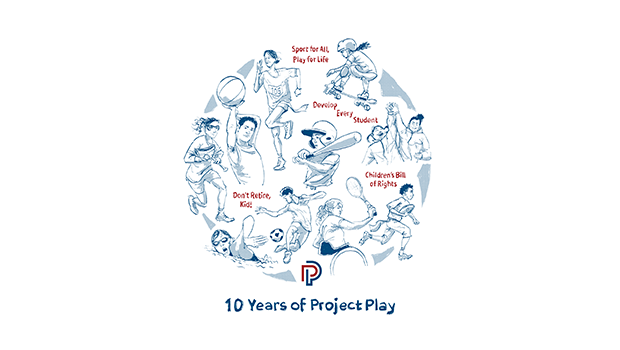The Waterford Vocabulary Project will use technology to increase the effectiveness of vocabulary instruction for high-need students over a four year period (K-3) by providing a 15- minute daily intelligent multimedia whiteboard lesson delivered by the teacher. An enriched version of the vocabulary program on a computer connected to the Internet will also be available to each student at home for year-round usage supported by Waterford. Scholars have shown that high-need students from limited vocabulary families know only about 4,000 root words entering the 3rd and 4th grades when the books they will read require 6,000. The Waterford Vocabulary Project enables students to learn an additional 500 words a year for four years to arrive at the 4th grade having made up the 2,000 words. This program reduces the pressure and expense on schools that require teachers to work longer hours and provide summer instruction to try to make up the vocabulary shortfall. While these programs may utilize the most successful model of vocabulary instruction that scholars prototyped, they have been unable to scale because of unusual demands of having to teach 25-50 new words a week (depending on student retention of the words which is between 10% and 40%) to insure that students learn at least 500 new words a year. Waterford’s technology program will provide at least 60% retention, relieve teachers of exhaustive tasks, and scale quickly to the eight hundred students in the project and ultimately to millions of children as have other Waterford technology products.
To learn more, send an e-mail to janaleeclements@waterford.org .

